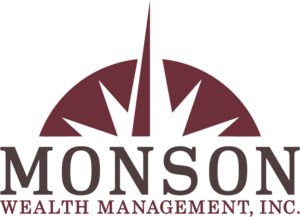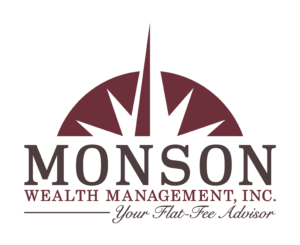Cash Flow Planning
There’s a credit union in our community that has several billboards that say, “The #1 Rule of Saving is to Save When You Can.” When I saw this, I thought, WOW, I couldn’t DIS-agree more! If you save when you can, or with what’s left of your income, you will never save effectively, if at all.
It’s a lot like saying that we will exercise when we have the time – how many of us actually get around to doing it? That’s where the whole idea of having a plan for your cash flow comes in.
Cash Flow Planning is a key driver for successful businesses and one that translates seamlessly to home finance. It can mean the difference of doing very well financially or floundering in folly.
Cash flow planning IS NOT budgeting as some may think. It’s more than that. Allow me to explain.
Let’s start with the traditional cash flow model. This comes straight out of my business management classes and it was a revelation to me at the time.
REVENUE – EXPENSES = PROFITS
This is how a traditional Profit and Loss Statement is organized. You could write a similar formula for household Cash Flow Planning. It might look something like this:
INCOME – EXPENSES = SAVINGS
The problem with these two formulas is that Profits and Savings are the leftovers. Mathematically, this works, but behaviorally, this is terrible.
In his book, Profit First, Mike Michalowicz proposes changing the business formula to the following:
REVENUE – PROFIT = EXPENSES.
This is a simplification of his message, but he takes the principle of first setting aside money from REVENUE a business receives before paying expenses, thus making PROFIT a priority of the business. He realizes that one of the biggest challenges many small business owners face is turning a profit and his process helps make it possible. It’s a great read that presents a different way of viewing the traditional accounting model and I highly recommend it to our business owners out there.
Likewise, we can and should take the traditional household formula and flip it the same way:
INCOME – SAVINGS = EXPENSES
This might be the best formula for Financial Success as we are putting savings in its proper order and prioritizing it over expenses. In this model, you set aside your savings and investments first, and then budget what’s left for your expenses.
Of course, this is a simplification, but the principle is sound.
Personally, I also prioritize tithing and always make sure it’s paid before investing and saving.
For those carrying debt, we recommend building a small emergency fund of $1000 or so. Then aggressively attack the debt before doing any long-term saving or investing.
If you want to be successful financially, follow the tried and true; “live on less than you make” and “pay yourself first.” If you do this consistently, month after month and year after year, you will find that you can make tremendous progress toward being financially independent and enjoying the freedom it brings.
Todays message focused on the savings portion of the Cash Flow Planning formula and next week, we will discuss ways to improve income…an often overlooked portion of our Cash Planning Formula.
If you liked this, keep an eye out for our follow-up 30 Days, 30 Ways article with all our social media posts on ways to save money. If you don’t want to wait, you can catch up by checking out each day’s tip on our Facebook, LinkedIn, Instagram, and Twitter feeds.
Thank you for spending some of your time reading and learning with us.
Live Life On Your Terms
Whether you want to travel more, do things you’ve always wanted to do, or just spend more time with the grandkids, we want to be your guide to help you get there.
Live Life On Your Terms
Whether you want to travel more, do things you’ve always wanted to do, or just spend more time with the grandkids, we want to be your guide to help you get there.

